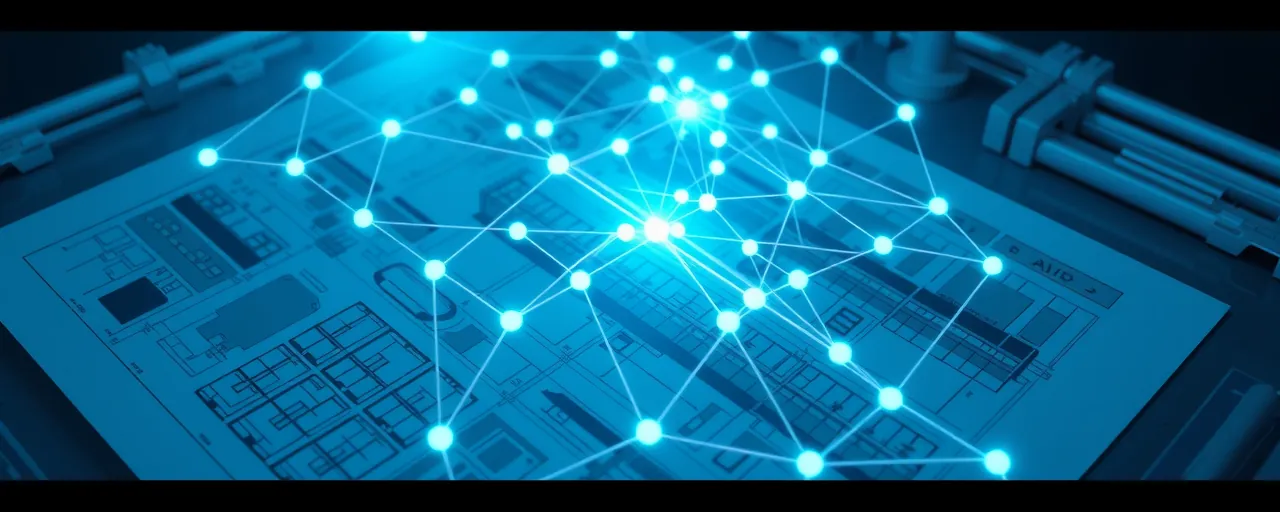A New Era for American Infrastructure
America's infrastructure is the backbone of its economy, yet for decades, bureaucratic gridlock has choked progress. Enter President Donald Trump's bold vision: a Permitting Innovation Center, launched April 30, 2025, by the White House Council on Environmental Quality. This game-changing initiative promises to slash red tape, harness cutting-edge technology, and unleash a wave of projects that will drive jobs, energy security, and national pride. It's a direct response to years of delays that have left roads crumbling, bridges aging, and energy projects stalled.
The Center isn't just a bureaucratic reshuffle; it's a revolution in how the federal government handles environmental reviews and permits. By leveraging modern tools like AI and cloud computing, it aims to cut approval times from years to months, all while maintaining rigorous environmental standards. This isn't about sidestepping responsibility, it's about doing the job smarter and faster. The stakes are high: with a $3.6 trillion infrastructure funding gap, according to the 2025 ASCE Infrastructure Report Card, the nation can't afford to wait.
Contrast this with the previous administration's approach, which, while reducing environmental impact statement times by 23%, leaned heavily on funding boosts and community engagement. Those efforts, though well-intentioned, often bogged down in endless consultations. Trump's plan cuts to the chase, prioritizing efficiency and results. It's a nod to the American spirit of getting things done, not debating them to death.
Technology as the Great Enabler
At the heart of this initiative is the Permitting Technology Action Plan, a blueprint for integrating digital tools across federal agencies. The Center, working with the General Services Administration, is already designing prototype software to streamline case management and application tracking. Imagine real-time updates for project sponsors, transparent timelines, and automated processes that eliminate paper-pushing. This isn't sci-fi; it's happening now, building on the GSA's success with cloud integration and AI-driven analytics in agencies like the Department of Homeland Security and the IRS.
Historically, permitting delays have stemmed from fragmented systems and manual processes. The median time for an environmental impact statement under the National Environmental Policy Act once stretched over several years. Trump's Center tackles this head-on, setting data standards and fostering interagency collaboration. The result? A unified system that moves projects like high-speed rail, pipelines, and renewable energy grids from blueprint to reality at unprecedented speed.
Skeptics, particularly those tied to environmental advocacy groups, argue that speed sacrifices scrutiny. They worry that communities, especially marginalized ones, might lose their voice. But this critique misses the mark. The Center's transparency tools, like public dashboards, ensure stakeholders stay informed. Plus, by focusing on low-impact areas like brownfields, it minimizes ecological harm while maximizing economic gain. The real risk is inaction, which leaves America lagging behind nations like China, where major projects clear approvals in two to three years.
Energy Dominance and Economic Power
The Permitting Innovation Center aligns seamlessly with Trump's National Energy Dominance Council, a cornerstone of his agenda to secure America's energy future. By fast-tracking permits for fossil fuels, critical minerals, and renewable projects, the Center strengthens national security and reduces reliance on foreign resources. This isn't just about oil and gas; it's about ensuring the military has the fuel it needs and families have affordable energy. The 2023 Fiscal Responsibility Act laid the groundwork for such reforms, but Trump's executive actions take it further, using emergency authorities to prioritize energy infrastructure.
Critics from environmental justice circles claim these reforms favor industry over people, pointing to potential pollution risks in vulnerable areas. Yet, they overlook the Center's commitment to defined environmental criteria. The 1970s taught us that economic growth and environmental protection can coexist, with GDP rising alongside cleaner air and water. Trump's approach builds on that legacy, using technology to enforce standards efficiently, not erode them. Meanwhile, the economic upside is undeniable: every streamlined project creates jobs, boosts local economies, and reinforces America's global competitiveness.
A Rebuttal to the Naysayers
Opponents, often aligned with progressive policy groups, warn that expedited permitting could weaken the National Environmental Policy Act, a bedrock of environmental law since 1970. They argue that rushing reviews might gloss over impacts on endangered species or water quality. But this fear ignores the data: most NEPA projects already qualify for streamlined reviews, and delays often stem from funding issues or local disputes, not the law itself. The Center addresses these bottlenecks directly, with tools that enhance, not bypass, oversight.
The notion that speed equals carelessness is a false dichotomy. The Biden-era focus on community engagement, while noble, sometimes paralyzed projects in endless feedback loops. Trump's Center, by contrast, empowers agencies to act decisively, using digital platforms to gather input efficiently. It's a pragmatic balance that respects both the environment and the urgent need for modern infrastructure. Those who cling to the status quo risk condemning America to a future of crumbling roads and missed opportunities.
The Path Forward
The Permitting Innovation Center is more than a policy win; it's a signal that America is back in the business of building. By cutting delays, embracing technology, and prioritizing energy and economic security, Trump's administration is laying the foundation for a stronger, more resilient nation. The Center's work will create ripple effects, from revitalized rural communities to thriving urban centers, as projects come online faster and deliver tangible benefits to everyday Americans.
This is a moment to rally behind bold leadership. The alternative, a return to bureaucratic inertia, is no longer an option. With the Permitting Innovation Center, Trump is proving that America can protect its environment, power its economy, and build its future, all at once. It's time to get behind this vision and make it happen.
